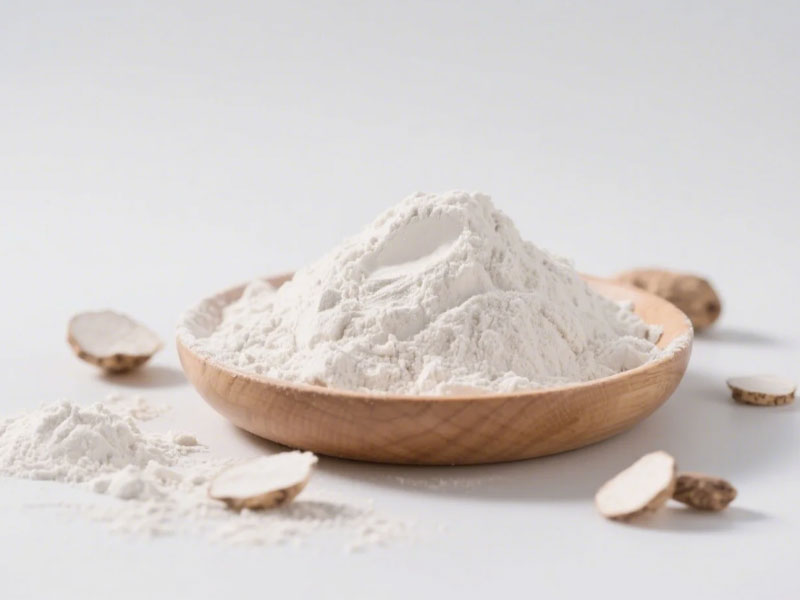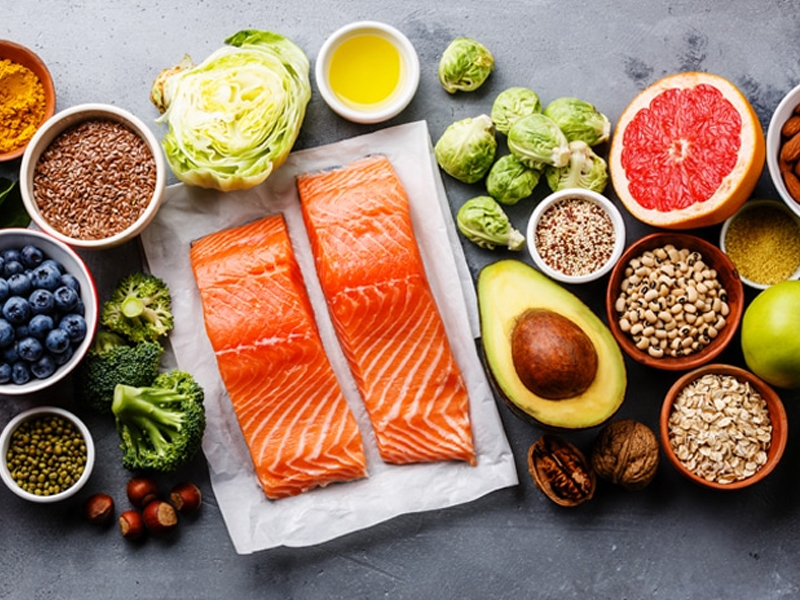Let’s cut to the chase: Konjac (aka glucomannan) is the internet’s favorite “zero-calorie miracle.” From TikTok noodles to keto bread, it’s everywhere. But after a month of eating konjac daily—think shirataki rice, jelly desserts, and even konjac “oatmeal”—I learned the hard way that this fiber isn’t a one-size-fits-all fix. Here’s what happened, what science says, and who should never make it a daily habit.
What’s Konjac, Anyway?
Konjac flour is made from the root of the konjac plant, a spiky Asian perennial. Its magic ingredient? Glucomannan, a soluble fiber that absorbs 50x its weight in water. Organic versions skip synthetic processing aids (like sulfur dioxide), which matters because konjac naturally absorbs heavy metals from soil.
But here’s the kicker: Glucomannan is so potent that the EU requires warning labels on konjac products. Let’s unpack why.
The Good: Why People Obsess Over Konjac
- Weight Loss Shortcut: A 2015 meta-study found glucomannan can suppress appetite by stretching your stomach lining, triggering “fullness” hormones. I dropped 3 lbs in a week by swapping pasta with shirataki noodles (but more on the backlash later).
- Blood Sugar Control: Konjac forms a gel in your gut, slowing glucose absorption. My CGM showed a 25% smaller spike after konjac oatmeal vs. oats.
- Gut Health Boost: It’s a prebiotic—feeding good bacteria like Bifidobacterium.
The Bad: When Daily Konjac Backfires
My 30-Day Experiment Diary:
- Week 1: Felt full, energy stable.
- Week 2: Mild bloating, but “it’s just fiber,” right?
- Week 3: Cramps so bad I skipped gym days.
- Week 4: Constipation (ironic for a fiber).
Turns out, overdoing glucomannan can:
- Block Nutrient Absorption: It binds to vitamins (A, D, E, K) and meds (like birth control or antidepressants) if taken within 2 hours.
- Dehydrate You: That 50x water absorption? It sucks moisture from your intestines, leading to “fiber concrete” in your gut.
- Trigger IBS Flare-Ups: Fermenting konjac creates gas—hell for sensitive stomachs.
Who Should Never Eat Konjac Daily?
- Low-FODMAP or SIBO Sufferers: Glucomannan is high-FODMAP and feeds small intestine bacteria.
- Pregnant Women: Limited research, but dehydration and nutrient blocking are risks.
- Chronic Constipation Warriors: Konjac can worsen it if you’re not chugging water.
- Anyone on Meds: From thyroid pills to painkillers—konjac can delay or reduce absorption.
Safe Daily Dosage: Less Than You Think
The European Food Safety Authority caps glucomannan at 3g/day (about 1 serving of shirataki noodles). Exceed that, and you’re flirting with:
- Bloat
- Mineral deficiencies
- Bowel obstructions (rare but serious).
Pro Tip: Always take konjac with 8-12 oz of water. Dry-swallowing it is like expanding foam in your throat—yes, that’s a real ER risk.
Konjac vs. Other Fibers: The Daily Driver Debate
| Fiber Type | Safe Daily Dose | Best For | Avoid If |
|---|---|---|---|
| Organic Konjac | ≤3g | Appetite control | IBS, med users, low hydration |
| Psyllium Husk | 5-10g | Regularity | FODMAP sensitivity |
| Inulin (Chicory) | 5g | Gut diversity | SIBO, bloating |
| Acacia Fiber | 10g | Gentle on guts | Nothing—it’s the safest |
How to Use Konjac Safely
- Start Low: 1g/day (½ cup shirataki noodles) for a week.
- Cycle It: Use 3x/week max to avoid adaptation (your gut gets too efficient at breaking it down).
- Pair with Electrolytes: Add a pinch of salt and magnesium to water to counter dehydration.
The Verdict
Organic konjac flour is safe for most people in small, occasional doses. But daily use? Unless you’re a hydration fanatic with a cast-iron gut, it’s a gamble. For sustainable weight loss or gut health, swap konjac with gentler fibers like acacia or partially hydrolyzed guar gum.
Konjac isn’t evil—it’s just not your everyday BFF.
Konjac Hack for Skeptics: Mix 1 tsp organic konjac flour into soups or smoothies (not daily!). The heat dissolves its rubbery texture, and you’ll get the benefits without the bloat.
Recommended Product
Organic Konjac Flour
Multi-Functional Ingredients for Gut Health, Weight Management & Clean-Label Innovation


